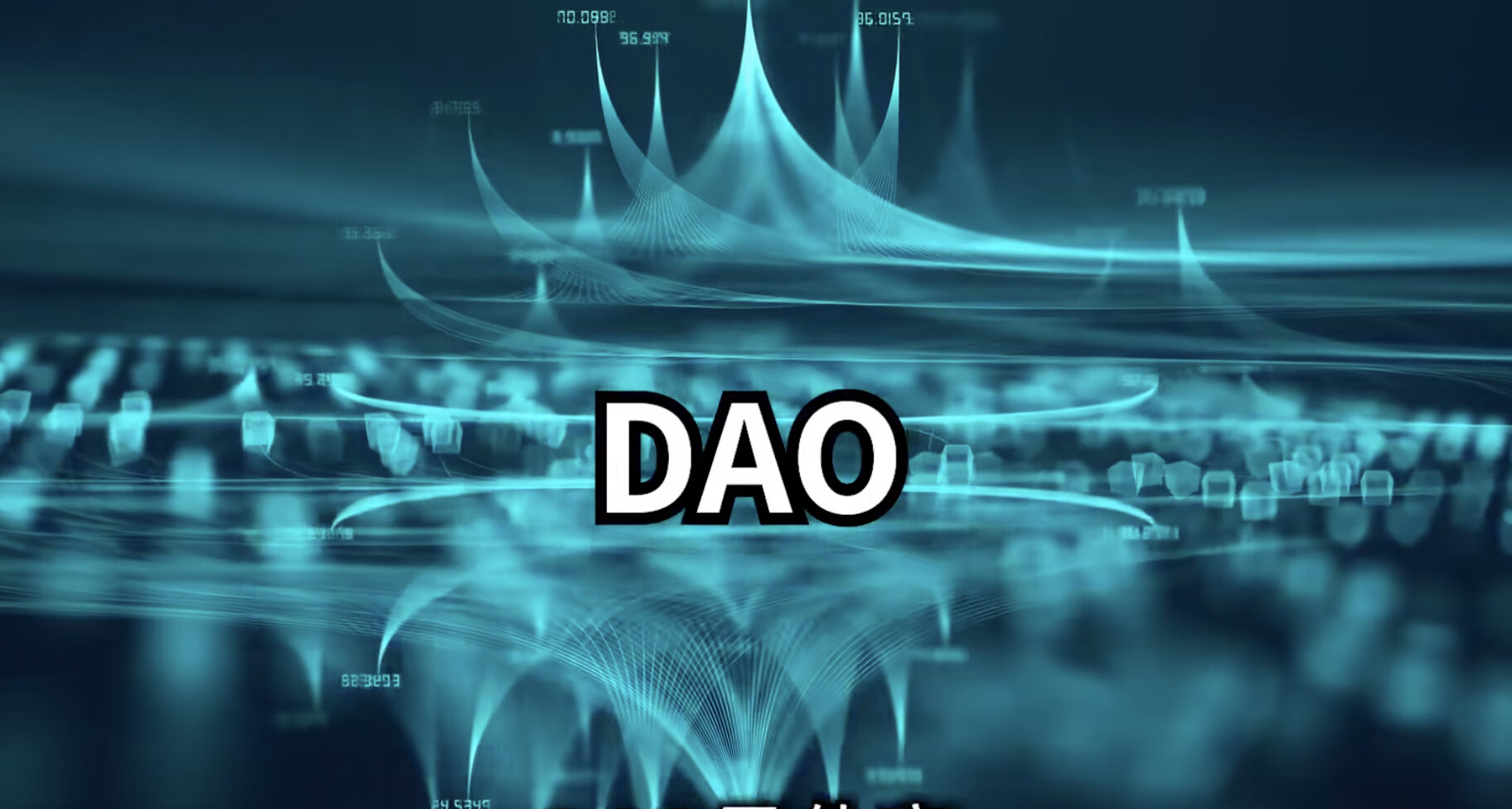10/7/2025
A DAO is a community that runs itself — powered by blockchain, guided by code, and owned by everyone who takes part.
🧩 What Is a DAO?
DAO stands for Decentralized Autonomous Organization — a new kind of organization that runs on the blockchain, without a traditional boss, hierarchy, or central control.
In plain English, a DAO is a group of people who work together toward a shared goal, but instead of being managed by a company, they are guided by transparent rules written in code.

🌍 A Simple Analogy
Imagine a community project — say, a group of people raising funds to plant trees around the world.
In a traditional setup, there’s a leader who holds the money, makes decisions, and manages the team.
In a DAO, it works differently:
- The money sits in a smart contract (a piece of code on the blockchain).
- Anyone can propose how the funds should be used.
- Members vote on those proposals using tokens.
- If the vote passes, the code automatically releases the funds — no one can interfere or steal them.
That’s the power of a DAO: rules by code, not by people.
⚙️ How a DAO Works (Step by Step)
-
Rules Are Written in Code The DAO’s rules are programmed into smart contracts — these are self-executing agreements that live on the blockchain.
-
Members Hold Tokens DAO members hold governance tokens. These tokens represent participation and voting power.
-
Proposals and Voting Anyone can submit a proposal. The community votes, and the majority decision determines what happens next.
-
Automatic Execution Once approved, the smart contract automatically carries out the decision — sending funds or triggering actions — without human intermediaries.
💡 Why DAOs Matter
DAOs represent a new way of working together online. They make it possible to coordinate people, ideas, and money — without needing to trust a central authority.
Some of the benefits include:
- Transparency: Every decision and transaction is visible on the blockchain.
- Global Access: Anyone, anywhere, can join and contribute.
- Fair Participation: Voting gives everyone a voice, not just the top managers.
- Efficiency: Once rules are set, code automates much of the process.
🧱 Real-World Examples
- Uniswap DAO manages one of the largest decentralized exchanges, deciding on upgrades and fees.
- MakerDAO governs the stablecoin DAI, ensuring it stays pegged to the US dollar.
- Friends With Benefits (FWB) is a creative community where token holders gain access to private events and collaborations.
- Gitcoin DAO funds open-source software and community-driven projects around the world.
Each of these DAOs operates under the same principle — shared ownership, collective decision-making, and on-chain transparency.
⚠️ The Challenges
DAOs are powerful, but they’re not perfect. Some common challenges include:
- Slow decision-making: Community voting can take time.
- Low participation: Many token holders don’t actively vote.
- Unclear legal status: Laws around DAOs are still evolving.
- Code risks: If the smart contract has a bug, it can cause real financial damage.
Still, the DAO model continues to grow — because people believe in open, community-driven collaboration.
🚀 A Simple Story
Let’s imagine a project called OceanDAO — a global community funding ocean clean-up efforts.
Anyone can join by buying a small number of Ocean tokens. A member proposes: “Let’s donate $5,000 to a beach cleanup in Thailand.” The community votes yes. The DAO’s smart contract automatically sends the funds. No banks, no managers — just a transparent, global collaboration.
That’s what makes DAOs revolutionary: they turn collective intent into automatic action.
🧭 Final Thoughts
DAOs are like digital organizations for the Web3 era — open, transparent, and governed by the people who care most about their mission.
They’re more than just a new tech trend. They’re a glimpse into how future companies, charities, and online communities could run — where code handles the rules, and people handle the vision.